Since its invention in the mid-twentieth century in Lima, pollo a la brasa (Peruvian-style rotisserie chicken) has soundly become one of the country’s most emblematic dishes. While there are many historic pollerias (Peru-specific, the name stands for restaurants that primarily specialize in pollo a la brasa) like Don Tito and La Granja Azul in Lima, the city’s polleria market is dominated by a half-dozen or so polleria restaurant chains like Pardos, Don Belisario, Norky’s, and Las Canastas. In Lima there is a never-ending debate about which popular polleria chain is the best. At Lima City of Kings, we believe we’ve finally settled on a definitive answer to this question. We know that claims of a “best polleria” are quite serious and should never tossed around lightly, but trust us on this one, Villa Chicken is Lima’s best polleria restaurant chain.
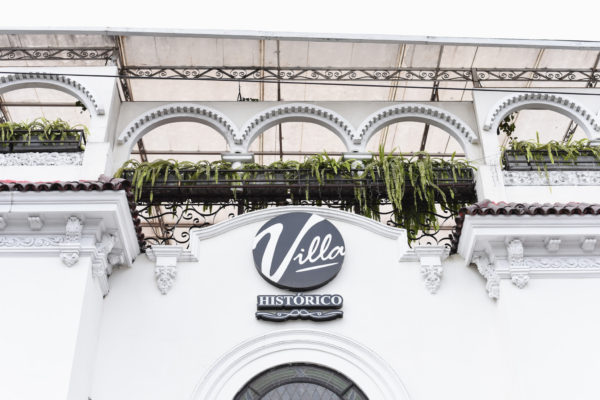
Pollo a la brasa: Peru’s de facto national dish
The origin of pollo a la brasa dates back to 1949 in Lima when Swiss nationals, Roger Schuler and Franz Ulrich, developed a process to cook as many chickens as uniformly as possible. Together the two created a rotisserie-style firewood oven with rotating racks that could hold and cook multiple racks of chickens simultaneously. The new invention was called a “rotombo”. Efficiently and cost-effectively cooking perfect rotisserie-style chicken, the process was a success which could be easily replicated by others on a mass scale. The rotombo was then perfected by Heriberto Ruiz, who worked with Ulrich in his workshop in La Victoria. Ruiz’s inventions included rotombos that did not expel smoke and gas-utilizing rotombos that cooked chickens in only 40 minutes. His contributions played a large role in revolutionizing the polleria industry and from there the rest is history.
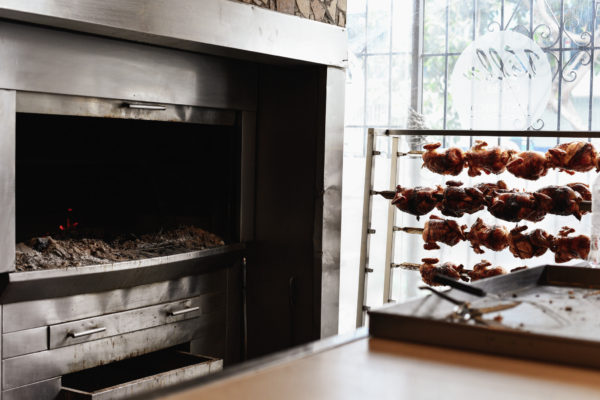
Fast forward to 2019, pollo a la brasa is undoubtedly the most consumed dish in all of Peru with 130 million servings (¼ chicken) of pollo a la brasa being consumed every year. Naturally as the demand for more pollo a la brasa has increased over the years, so has the demand for more pollerias. The majority of pollerias start out as small neighborhood restaurants and remain as such, but with seemingly exponential market growth, some of these small pollerias have gone on to become massive chains with locations all around Lima and elsewhere provincially in Peru.
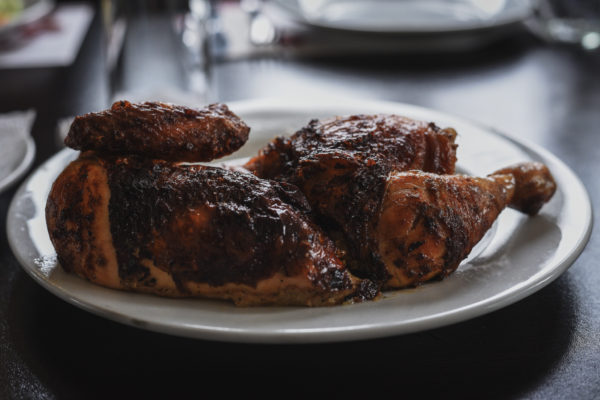
Recipes for pollo a la brasa have largely remained the same since its creation. Of course, some restaurants and cooks have their secrets ingredients, but for most the recipe is more or less as follows; one whole fresh chicken, salt, black pepper, chili pepper, rosemary, cumin, paprika, dark beer, and vinegar. The chicken is then marinated in this mixture for at least 4 hours. Cook times vary based on the size of chicken and oven temperature, but generally speaking in a firewood rotombo it takes 90 minutes for a 3.3 pound (1.5 kilo) chicken to cook and become mouth-watering pollo a la brasa.
Villa Chicken
In December 2006, the first Villa Chicken opened in Lima with a commitment to offering a more upscale alternative in the market of polleria chains. The chain quickly grew in popularity for its pollo a la brasa, parrillas (grilled meats), and chifa-influenced wok dishes. 12 years later, Villa Chicken now has 15 locations around Lima and two provincially in Ica and Tarapoto. The growth and success of Villa Chicken is in large part due to the founders’ reverence for not only Peruvian gastronomy as a whole, but for the history of pollo a la brasa and the polleria as a cultural icon in Peru.
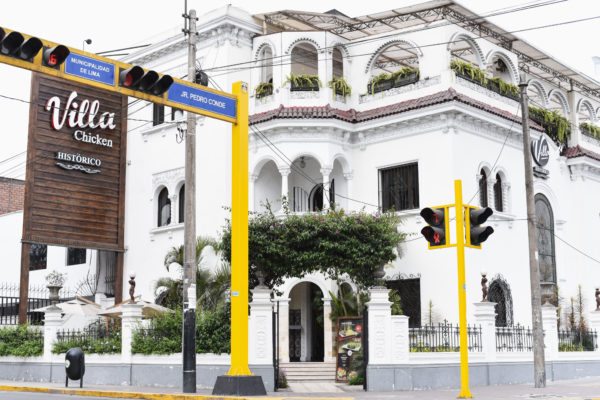
This admiration was made evident when Villa Chicken developed the Villa Chicken Historico concept, a unique chain of Villa Chicken restaurants located in renovated homes and buildings of cultural and historical significance. Locations include the old home of the famous Peruvian painter, Pancho Fierro in Centro de Lima and an old colonial era mansion in Lince. With respect to the original details and style of each building, Villa Chicken created museum-like environments in each Villa Chicken Historico with top-notch design and restoration work.
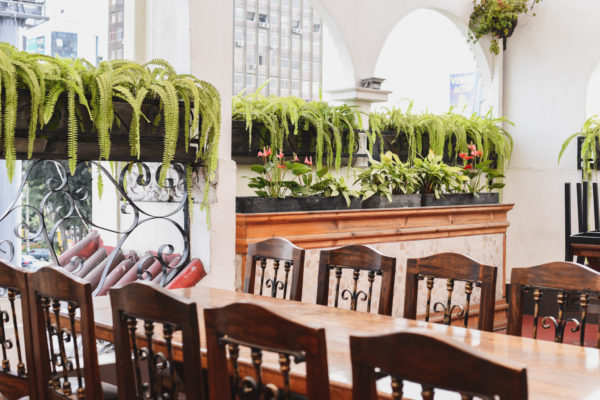
Villa Chicken’s exceptional offerings
While the Villa Chicken Historico locations are a neat and inspired setting that no other polleria chain can match, Villa’s classic pollos and parrillas are the clear reason why they are the best chain in Lima. Combined with some exceptional sauces and french fries, Villa’s pollo a la brasa is about as perfect as it can get. From Morcilla to Chinchulin to Mollejitas, Villa Chicken also offers some of the best parrilla combinations around. There’s a lot more we can say, but we’ll let the photos speak for themselves. Provecho!
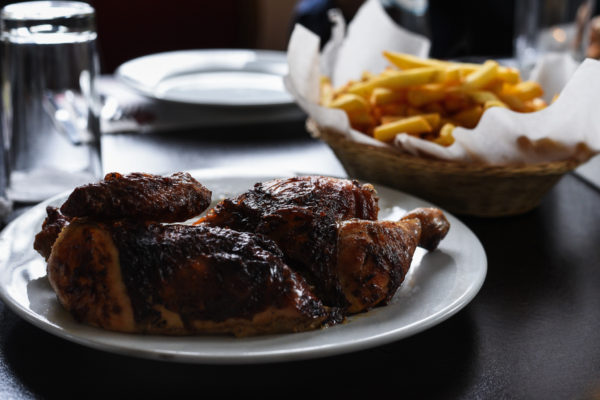
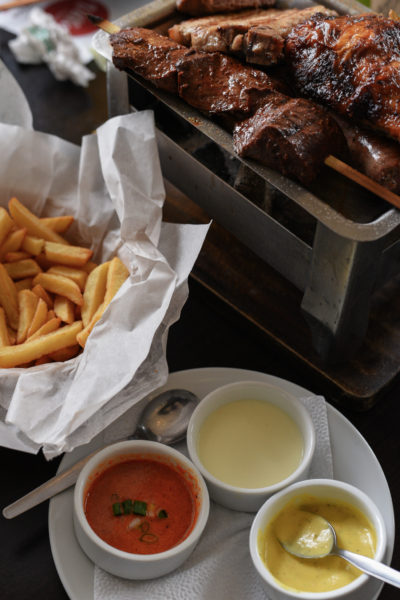
Location and Info
Avenida Arequipa, 2399 Lince, Cercado de Lima 15046
Hours: Sunday to Saturday 12 p.m. to 12 a.m.
Check out various pictures of Villa Chicken Historico below, just click to enlarge! Or for high-res slideshow viewing, see the Villa Chicken Historico album on the Lima City of Kings Facebook page!
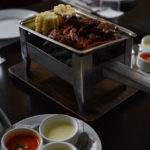
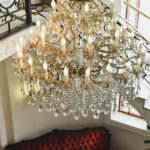
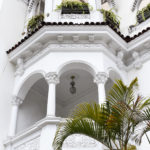
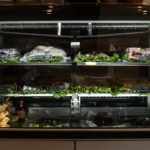
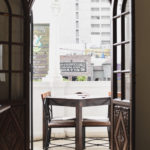
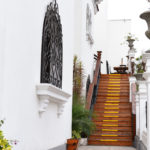
Hola, veo que tu pagina no esta segura y esta perdiendo clientes por no tener un SSL. Te ofrecemos la solución. Copia o pincha en el enlace.
Que tenga un buen día.
Atte: Jowalinio Williams Ortiz
https://fvrr.co/3phK8Mb